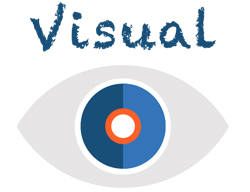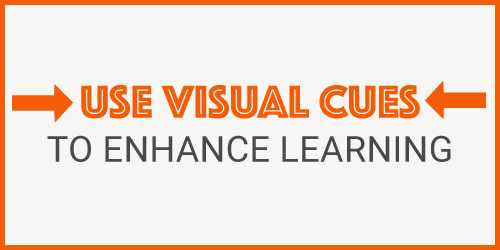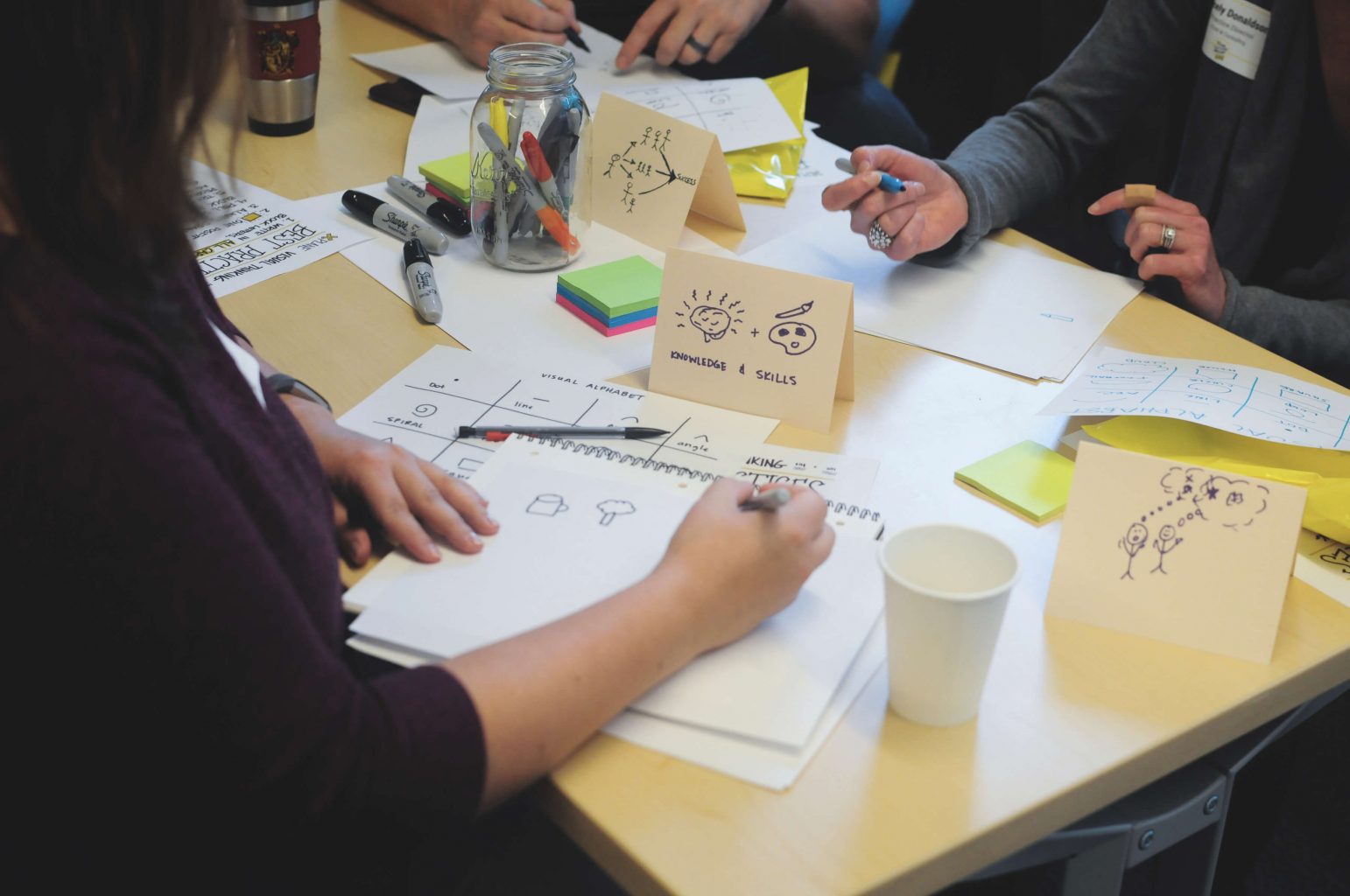

Visual aids can help move information from short-term memory into long-term memory by triggering associations that make it easier to recall later on. When learning new material, our brains use two types of memory: short-term and long-term. Visuals can also help students remember information more easily. This is especially important when topics are particularly technical or scientific, and may be challenging for some students to comprehend through text alone. By breaking down these ideas into more digestible parts, visual aids like flowcharts, diagrams, and illustrations can help learners grasp difficult concepts with greater ease. Using visuals in the classroom is an excellent way to make complex or abstract concepts easier for students to understand. They make complex or abstract concepts easier to understand by breaking them down into more digestible parts. By utilizing various forms of multimedia content throughout their lessons, educators have a better chance of reaching each student in their class no matter their preferred learning style.Ģ. Similarly, kinesthetic learners benefit from seeing diagrams or models that they can interact with physically while auditory learners find animations helpful for visualizing abstract concepts. Visual learners tend to absorb new material better when they see it represented graphically rather than reading about it from textbooks or hearing about it from lectures. Moreover, using visuals in teaching is a great way to cater to different learning styles because it enables students with different types of intelligence to comprehend information more effectively.

For instance, teachers can show an image or video that relates to the topic being discussed to stimulate student’s interest and inspire questions. At the beginning of the class session, visuals can be especially effective in piquing students’ curiosity and encouraging them to participate actively. Teachers can incorporate a variety of visual aids, such as pictures, videos, graphs, and charts to support their lectures. Visuals play a crucial role in capturing students’ attention and maintaining their focus throughout the lesson. Visuals help to grab students’ attention and maintain their focus, particularly when used at the beginning of a lesson.

Here are 19 key benefits of using visuals in your classroom:ġ. Visual aids can be incredibly effective tools for engaging and instructing students in a classroom setting. From improving student engagement to making lessons more interesting, we will look at how visuals can be used to make learning more effective.īenefits of Using Visuals in Your Classroom In this article, we will explore the 19 important benefits of using visuals in the classroom. Visuals can also be beneficial for teachers, making lessons easier to plan and helping to keep students interested. The use of visuals in the classroom is a great way to engage students and help them learn.


 0 kommentar(er)
0 kommentar(er)
